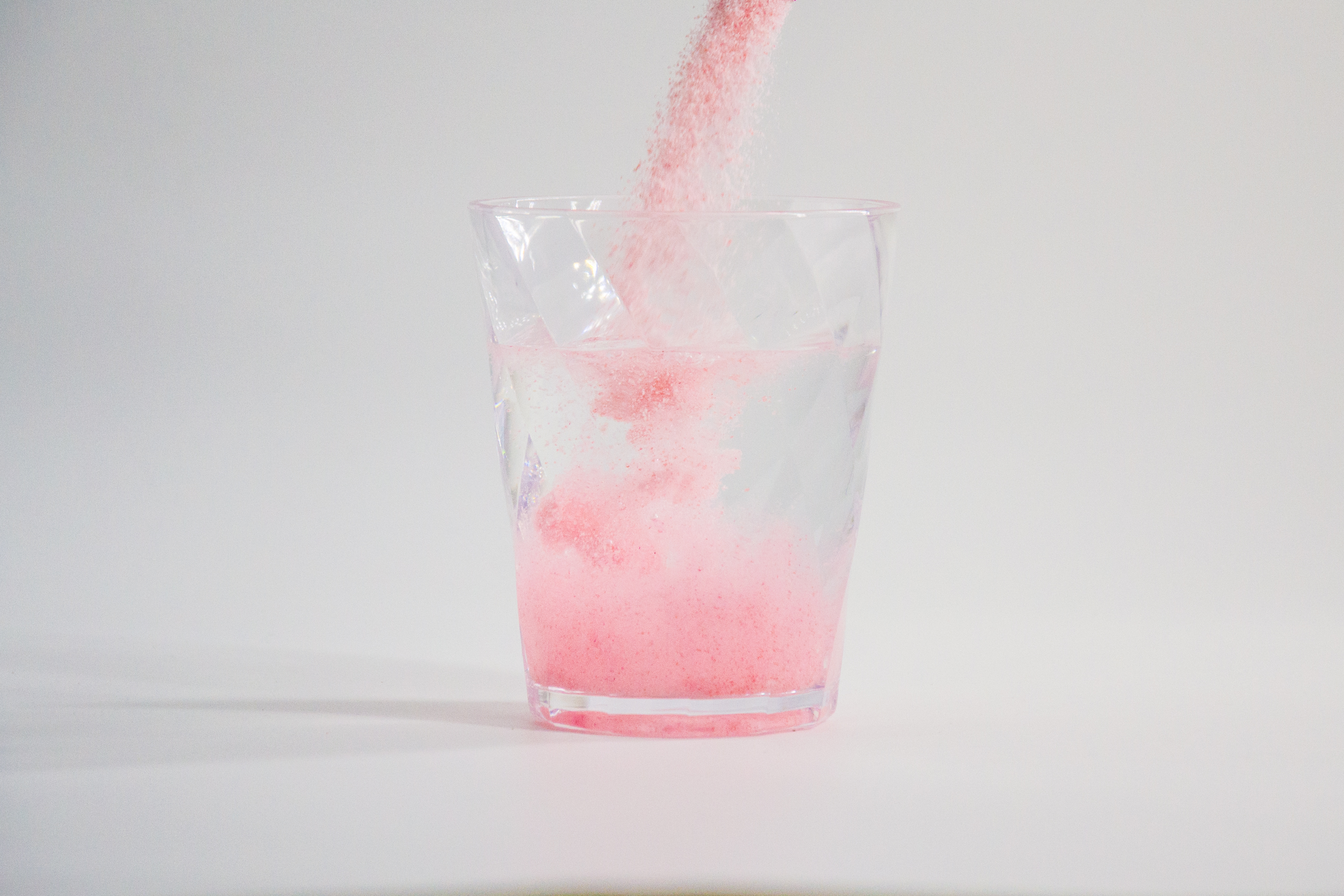What is Spray Drying in the Food Industry?

The food products found in grocery stores go through many processes to ensure that each product maintains the high quality standards necessary for consumption. Since this food has to travel long distances and still maintain its usability, it may undergo preservation methods such as changing its current properties from a liquid to a solid. Spray drying is one significant method used toward food preservation and to ensure the same food consistency is maintained for every product.
Spray Drying Technique in Hardware and Process Parameters
The spray drying process consists of three methods, atomization, drying, and recovery. The technique takes a liquid, semi-liquid, or soft surface product and turns it into a powder. The system is called a spray dryer that has a liquid injection system with nozzle attachments, a spray drying chamber, a cyclone or drum machine, and a heated air system that uses compressed gas.
Atomization Process
The atomization process begins with the liquid going through the injection system and through the nozzles into the chamber. Nozzles break down the liquid into droplet sizes ranging from 10 μm to 500 μm depending on the type of nozzle used, although the average range of the droplet sizes to undergo the spray drying process is about 100 μm to 200 μm. The types of nozzles used are commonly high pressure single fluid nozzles and high pressure two-fluid nozzles. The dispensers may be single fluid high swirl nozzles or rotary disks.
For single fluid nozzles, the nozzle injects the liquid into the chamber. Two-fluid nozzles have one nozzle injecting the liquid and the second nozzle injecting a pressured gas that is used to dry the liquid. These nozzles are designed to make the liquid into the smallest droplets possible so that the lowest amount of heat is used to turn the liquid into a solid.
Drying Process
The drying process depends on the spray drying system, chamber, and nozzles used. There are different types of drying processes: single effect drying and multiple effect drying. Both processes are designed to pull the moisture from the liquid into fine dust particles.
In single effect drying, there is one drying source in the chamber. The heat source is located at the top of the chamber and flows down in the same direction as the sprayed liquid. Multiple effect drying will have the heat source at the top of the chamber as well as the bottom of the chamber in the form of an integrated static bed. The static bed dries the liquid into a powder and makes it clump into particle sizes ranging from 100 μm to 300 μm.
When introducing the compressed gas, the gas warms up the air entering the chamber. This method helps to target the liquid injection and dry it out quickly and evenly without using too much heat that can harm the characteristics of the liquid.
Recovery Process
Once the liquid turns into a solid, the fine dust or powder becomes collected using the drum, cyclone, or bag filter. The particles clump together and then undergo inspection and testing for quality control. Then the powder becomes packaged for final transportation and delivery.
Where is Spray Drying Used?
Spray drying is used throughout the food industry to change liquids into solids. In many instances, the solid will be transformed back into a liquid by adding another liquid, such as water, milk, or cooking oil. Some foods that rely on spray drying may include powdered gravy and sauces, powdered cheese sauces, instant pudding, powdered soup mixes, powdered milk, drink mixes, flavorings, and even powdered eggs.
Many of the products rely on being in a liquid state to either complete the meal or beverage, such as gravies and sauces. Other types of powdered foods are used as coatings or flavorings, such as drink mixes that are added into water to provide a certain flavor or powdered cheese that will coat cooked noodles. Other items are complete meals that do not require any other ingredients except a liquid to change the powder into a liquid. These foods may consist of instant puddings that need milk to change it into a semi-soft form or dry soups that only require water to rehydrate the broth.
What is the Principle of Spray Drying in Food Preservation?
Spray drying in the food industry is used to preserve the food during transportation to the destination. With food and spices traveling across the country and around the world, it can become difficult to transport the food in its original state to prevent mold, mildew, or spoilage. Drying the food into a powder ensures that the food maintains its high quality by removing all present moisture. When the food reaches the consumer, the person will add water to the food to change it back into its liquid state.
Another important aspect of food drying is to make the food shelf stable. While in a liquid or semi-liquid form, the food may have a refrigerated product life of only a few days or a week. The spray drying technique allows the food to be completely dried out, making it shelf stable at room temperature for a longer storage time.
Here at Lechler, we offer spray drying solutions such as Laval nozzles. These nozzles are designed to free cross sections that are large enough to allow the liquid to pass through without clogging while ensuring particle sizes are small and evenly sized to accommodate the drying process. These nozzles help to make the liquid particles are kept close to the drying apparatus to minimize drying distance for more effective spray drying methods. To learn more about our Laval nozzles for spray dryers, as well as our cleaning solutions to optimize longevity and operation of your liquid injection system, reach out to Lechler today.